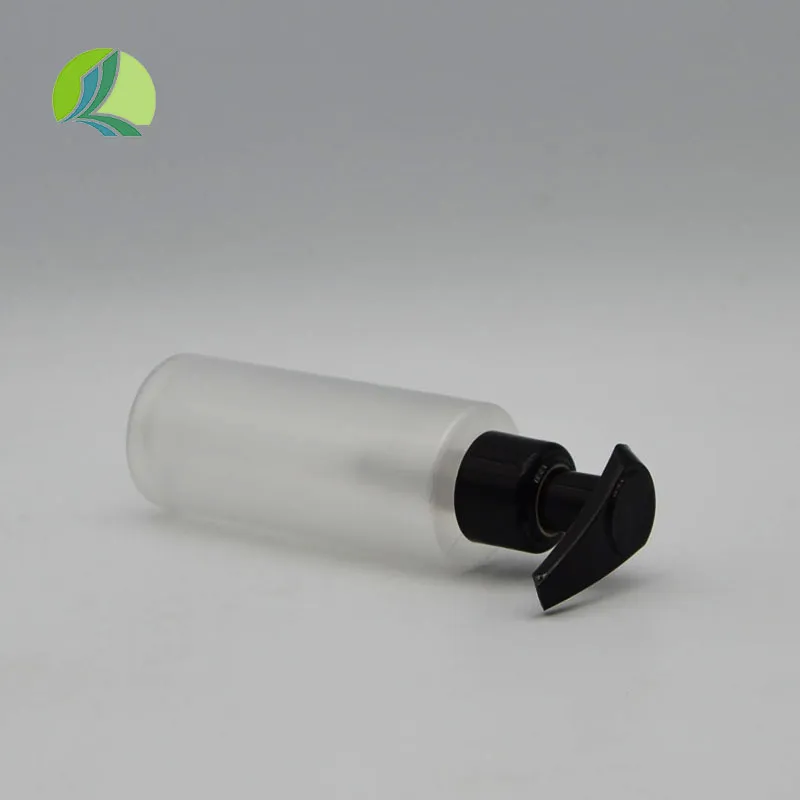https://www.wahmg.com/)">
Compact Reagent Bottle for Efficient Laboratory Storage and Usage
Compact Reagent Bottle for Efficient Laboratory Storage and Usage
The Versatile Small Reagent Bottle An Essential Tool in Laboratories
In the world of science, precision is paramount. Researchers, chemists, and analysts rely on various tools and instruments to conduct experiments and achieve accurate results. Among these essential tools, the small reagent bottle stands out as a critical component in laboratories. This article explores the significance, construction, and various applications of small reagent bottles in scientific research and industrial settings.
Definition and Purpose
A small reagent bottle is a container designed for storing chemical reagents in a controlled manner. These bottles typically hold small quantities of chemicals that are frequently used in laboratory experiments, such as solvents, acids, or bases. The primary purpose of such bottles is to provide safe, convenient storage while minimizing exposure to air and contaminants. Their compact size ensures easy handling and transport, making them ideal for experimental setups that require precision.
Materials and Design
Small reagent bottles are typically made from glass or high-quality plastics like polyethylene or polypropylene. Glass bottles are favored for their chemical inertness, durability, and ability to provide a clear view of the contents. They are often available in amber coloring to protect light-sensitive compounds from degradation. On the other hand, plastic bottles are lightweight, shatterproof, and less expensive, making them suitable for less hazardous substances.
The design of small reagent bottles often includes features like screw-top or snap-on lids to ensure a secure seal
. Many bottles come with graduated markings to facilitate accurate measurements when dispensing reagents. Some even feature built-in dropper tips or precision dispensing mechanisms, enhancing their usability for specific applications.Applications in the Laboratory
small reagent bottle

Small reagent bottles serve numerous functions in various branches of science, including chemistry, biology, and environmental science. In a chemical laboratory, these bottles are used for storing stock solutions or reagents that are frequently utilized in experiments. Their small size allows researchers to keep a range of reagents on hand without occupying excessive bench space.
In organic chemistry, for instance, small reagent bottles are essential for holding solvents like ethanol, methanol, or acetone, which are commonly used in reactions and purification processes. The ability to securely seal these bottles ensures that the reagents remain uncontaminated and stable over time.
In microbiology labs, small reagent bottles may contain culture media or antibiotics used for growing and maintaining microbial cultures. The airtight seal of these bottles protects the integrity of the media by preventing moisture loss and contamination from airborne particles.
Best Practices for Use
While small reagent bottles are designed to ensure the safe storage and handling of chemicals, it is important for laboratory personnel to follow best practices. Always label bottles clearly with the contents, concentration, and relevant hazard information to prevent misidentification. When transferring reagents into smaller bottles, use clean and dry transfer tools to avoid contamination.
It's also crucial to store reagent bottles in a manner that minimizes breakage or leakage. Using designated racks or cabinets can help organize bottles and reduce the risk of spills. Finally, personnel should always wear appropriate personal protective equipment (PPE) when handling chemicals, regardless of the size of the container.
Conclusion
The small reagent bottle is an indispensable tool in scientific laboratories, enabling secure storage and accurate handling of chemical reagents. Its versatile design and materials cater to a wide variety of applications, from chemical reactions to microbiological cultures. By adhering to best practices while using these bottles, researchers can ensure the safety and integrity of their experiments. As scientific inquiry continues to evolve, the small reagent bottle will undoubtedly remain a fundamental component, supporting the ongoing quest for knowledge and innovation in the scientific realm.
-
Wholesale Plastic Juice Bottles with Caps 16 oz Options Available Bulk Packaging SolutionsNewsJun.10,2025
-
Laboratory Apparatus Reagent Bottle – Durable & Chemical Resistant Bottles for Safe StorageNewsJun.10,2025
-
Squeezable Dropper Bottles Durable, Leak-Proof & CustomizableNewsMay.30,2025
-
Affordable Plastic Petri Plates Sterile & Disposable Lab-GradeNewsMay.30,2025
-
Eye Dropper Caps Precision 24/410 & Plastic Bottle-Compatible TipsNewsMay.30,2025
-
Affordable Mini Spray Bottle Price & Wholesale Deals Shop NowNewsMay.29,2025





















